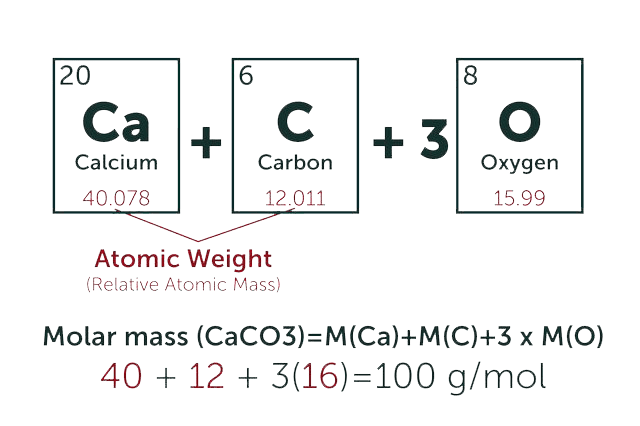Plitidepsin
* Please be kindly noted products are not for therapeutic use. We do not sell to patients.

| Category | New Products |
| Catalog number | BBF-04651 |
| CAS | 137219-37-5 |
| Molecular Weight | 1110.34 |
| Molecular Formula | C57H87N7O15 |
| Purity | >98% |
| Catalog Number | Size | Price | Stock | Quantity |
|---|---|---|---|---|
| BBF-04651 | 1 mg | $399 | In stock |
Online Inquiry
Add to cartCapabilities & Facilities
Fermentation Lab
4 R&D and scale-up labs
2 Preparative purification labs
Fermentation Plant
Semi pilot, pilot and industrial plant 4 Manufacturing sites 7 Production lines at pilot scale 100+ Reactors of 30-4000 L; 170+ reactors of 20 KL-30 KL; 24+ reactors of >100 KL 2 Hydrogenation reactors (200 L, 4Mpa and 1000L, 4Mpa)
Product Description
Plitidepsin is a cyclic depsipeptide isolated from the marine tunicate Aplidium albicans. Plitidepsin shows potent anticancer activity against a large variety of cultured human cancer cells, inducing apoptosis by triggering mitochondrial cytochrome c release, initiating the Fas/DC95, JNK pathway and activating caspase 3 activation. This agent also inhibits elongation factor 1-a, thereby interfering with protein synthesis, and induces G1 arrest and G2 blockade, thereby inhibiting tumor cell growth.
- Specification
- Properties
- Reference Reading
- Price Product List
| Synonyms | aplidin; aplidine; plitidepsin; dehydrodidemnin B |
| Storage | Store at -20°C |
| IUPAC Name | (2S)-N-[(2R)-1-[[(3S,6S,8S,12S,13R,16S,17R,20S,23S)-13-[(2S)-butan-2-yl]-12-hydroxy-20-[(4-methoxyphenyl)methyl]-6,17,21-trimethyl-3-(2-methylpropyl)-2,5,7,10,15,19,22-heptaoxo-8-propan-2-yl-9,18-dioxa-1,4,14,21-tetrazabicyclo[21.3.0]hexacosan-16-yl]amino]-4-methyl-1-oxopentan-2-yl]-N-methyl-1-(2-oxopropanoyl)pyrrolidine-2-carboxamide |
| Canonical SMILES | CCC(C)C1C(CC(=O)OC(C(=O)C(C(=O)NC(C(=O)N2CCCC2C(=O)N(C(C(=O)OC(C(C(=O)N1)NC(=O)C(CC(C)C)N(C)C(=O)C3CCCN3C(=O)C(=O)C)C)CC4=CC=C(C=C4)OC)C)CC(C)C)C)C(C)C)O |
| InChI | InChI=1S/C57H87N7O15/c1-15-33(8)46-44(66)29-45(67)79-49(32(6)7)48(68)34(9)50(69)58-39(26-30(2)3)54(73)64-25-17-19-41(64)56(75)62(13)43(28-37-20-22-38(77-14)23-21-37)57(76)78-36(11)47(52(71)59-46)60-51(70)42(27-31(4)5)61(12)55(74)40-18-16-24-63(40)53(72)35(10)65/h20-23,30-34,36,39-44,46-47,49,66H,15-19,24-29H2,1-14H3,(H,58,69)(H,59,71)(H,60,70)/t33?,34-,36+,39-,40-,41-,42+,43-,44-,46+,47-,49-/m0/s1 |
| InChI Key | UUSZLLQJYRSZIS-UJCFUGBQSA-N |
| Appearance | Solid Powder |
| Antibiotic Activity Spectrum | neoplastics (Tumor) |
| Melting Point | 152-160°C |
| Density | 1.24±0.1 g/cm3(Predicted) |
| Solubility | Soluble in DMSO |
| BBF-03211 | AT-265 | Inquiry |
| BBF-03862 | Cefozopran hydrochloride | Inquiry |
| BBF-03427 | Tubercidin | Inquiry |
| BBF-04736 | 3-Indolepropionic acid | Inquiry |
| BBF-04624 | Sulbactam Sodium | Inquiry |
| BBF-05813 | Ibrexafungerp | Inquiry |
Bio Calculators
Concentration (start) x Volume (start) = Concentration (final) x Volume (final)
It is commonly abbreviated as: C1V1 = C2V2


